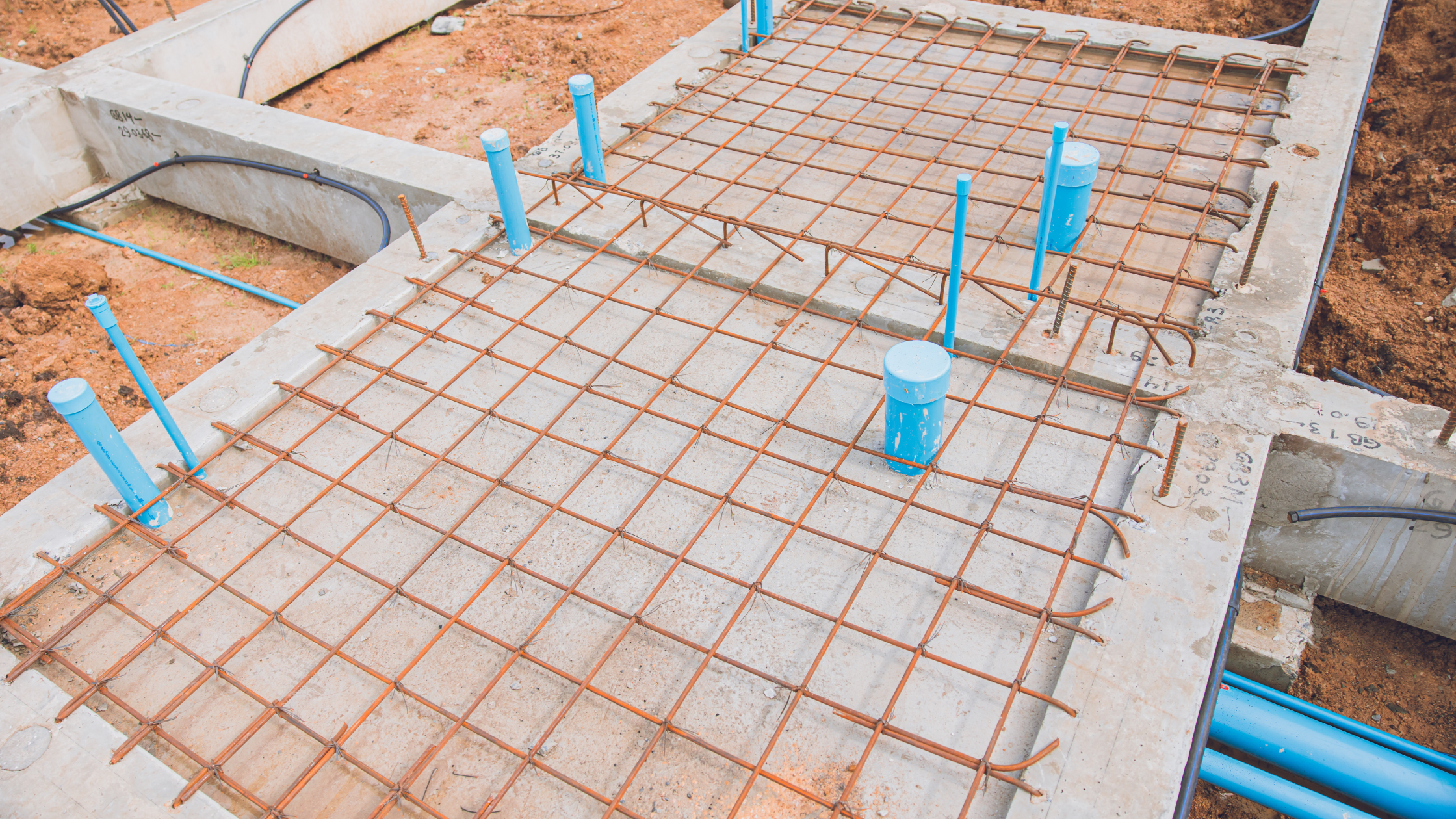
02 Oct Piled Raft vs Traditional Foundations: What’s Best for Your New Build?
If you’re planning a new build, one of the crucial decisions you’ll need to make is what type of foundations the building requires. It’s vital to get the foundations right — otherwise, you’re risking the structure becoming unstable and possibly collapsing.
There are two main techniques for putting in the foundations: piled foundations and traditional foundations. Both have their advantages, but which is most appropriate for your new build?
What Are Traditional and Piled Raft Foundations?
Traditional foundations consist simply of excavating to the required depth and pouring concrete, which then supports the structure built on top of it. There are two main types, depending on the design of the building. Strip foundations are continuous strips of concrete placed under the load-bearing walls, while pad foundations are blocks of concrete that support columns.
For piled foundations, on the other hand, a concrete slab covering the whole area or a series of interconnecting RC beams are supported by piles. These are either driven or bored to a more stable layer of subsoil, utilising the skin friction and/or end bearing to support the load.
What Are the Advantages and Disadvantages of Traditional Foundations?
Traditional foundations are simple and quick to create, in general costing less than piled raft foundations, assuming they can be cast at relatively shallow formation levels. They’re ideal for low-rise structures, such as domestic houses, especially when built on good, solid ground, such as firm clay, chalk or gravel.
However, they tend to be less effective when the ground is problematic. If the soil is expansive clay, nearby trees, loose fill, or if there are issues such as old excavations making the area liable to subsidence, traditional foundations may not be strong enough. In order for them to work, you’ll need to dig deeper and use ground improvement measures, which can substantially increase the cost and environmental impact.
What Are the Advantages and Disadvantages of Piled Raft Foundations?
Piled raft foundations really come into their own in areas with the kinds of poor soil described above, where the load can be directed down to a more secure level. They’re also ideal for high-rise buildings or basements. Their big advantage is that the combination of piles and raft shares the load, reducing the amount of materials needed.
In general, piled raft foundations win out on sustainability, since less concrete is required, as well as costing less when building on weak soils. Their only real disadvantage is that they can be more expensive for an unproblematic project that suits traditional foundations.
What’s Best for Your New build?
In general, if you’re planning a domestic home or similar building in an area with good soil conditions, traditional foundations are possibly the best option. However, if the ground is weak or the structure is more complex, it’s likely that piled foundations will be your best option. What is abundantly clear is the necessity for an adequate site investigation to allow your team or your engineers to determine the ‘correct’ foundation option.
Whichever foundation solution you choose for your new-build project, it’s essential that the contractor you hire is an expert in that technique. Each approach has its challenges, so check that the firm you’re looking at has a good track record in it.
If you’re looking for traditional foundations, piled raft or RC beam foundations or general piling contractors in London, the surrounding areas or South East England, give U&M a call to discuss your needs.




